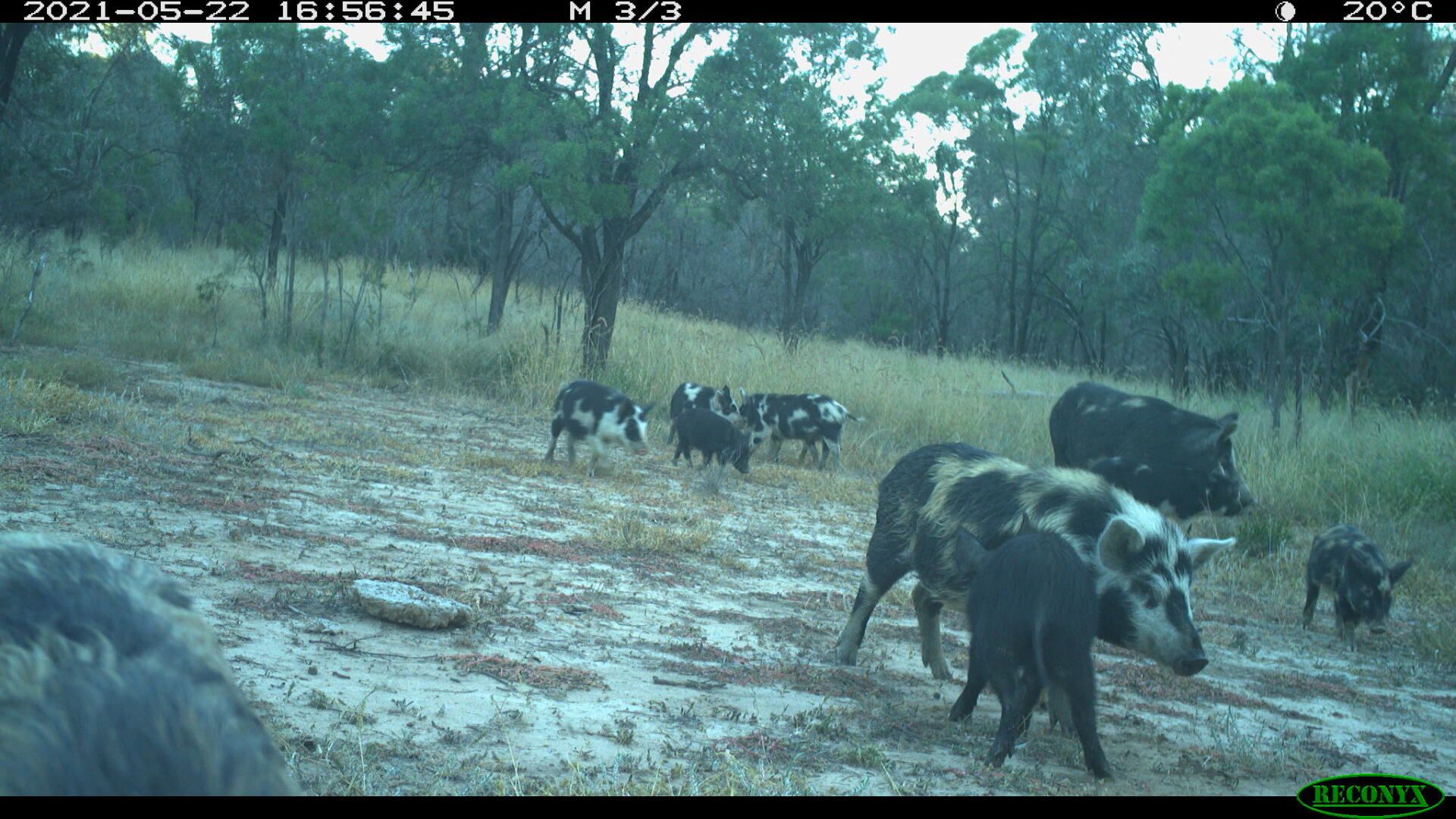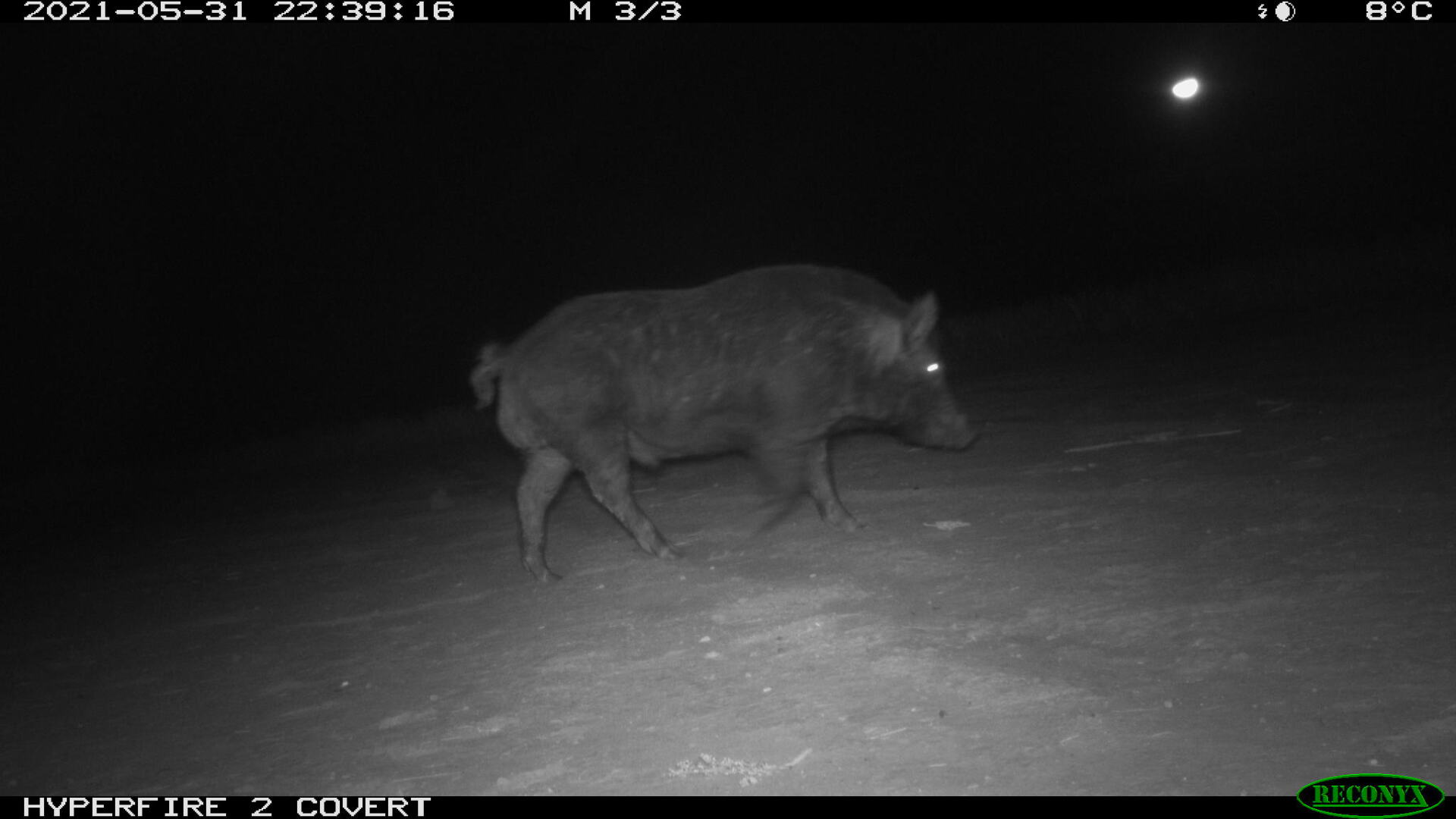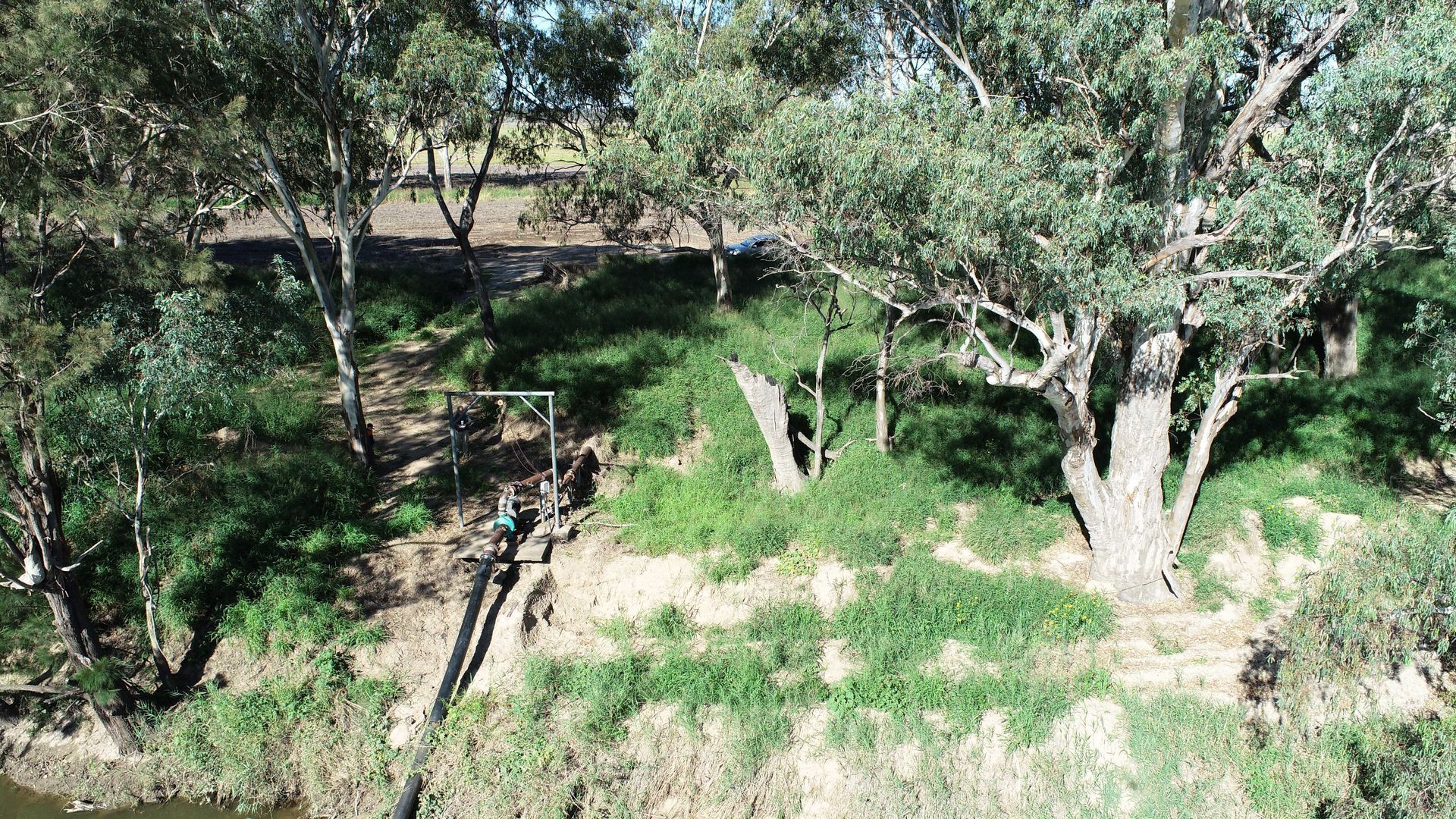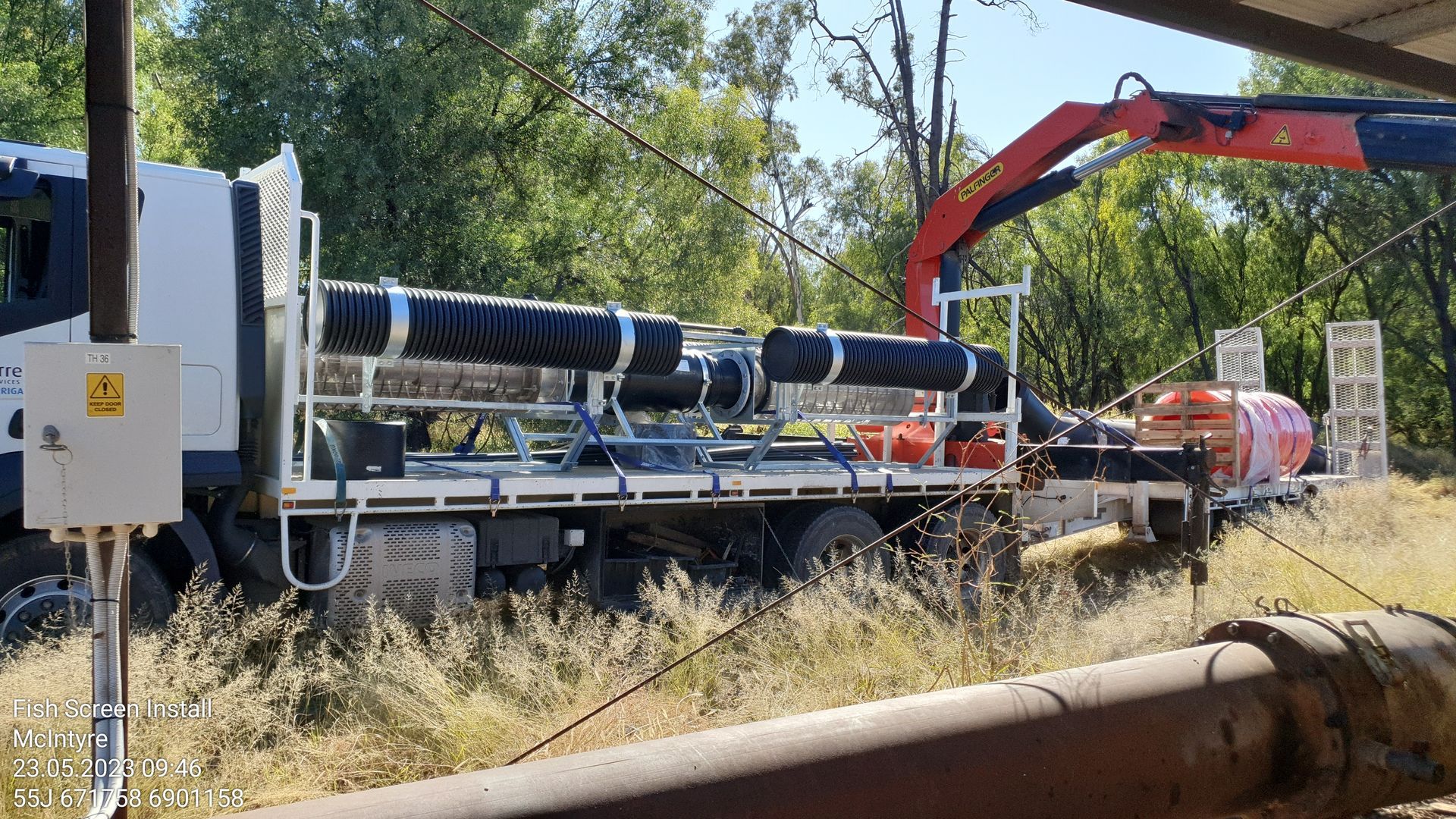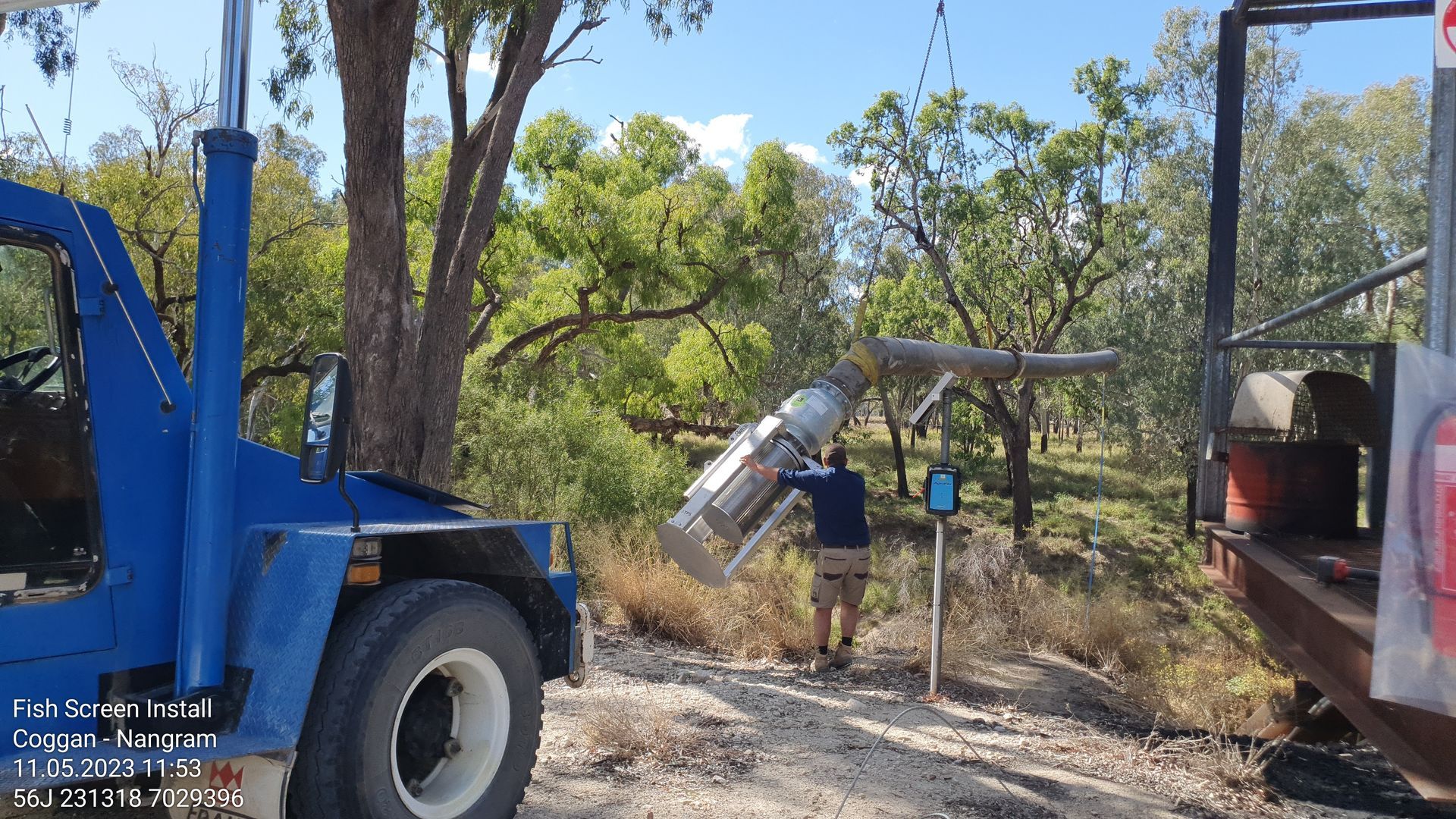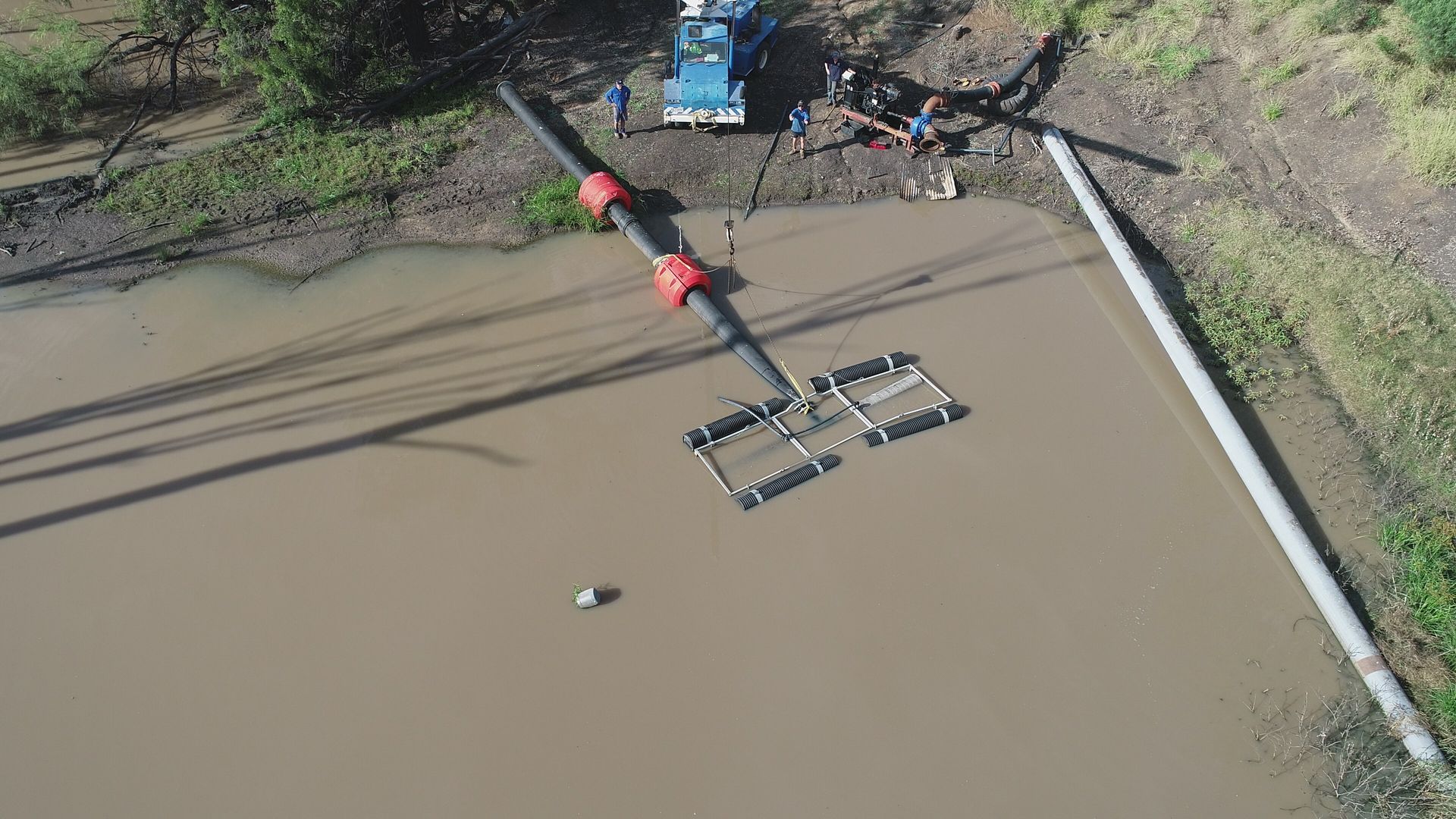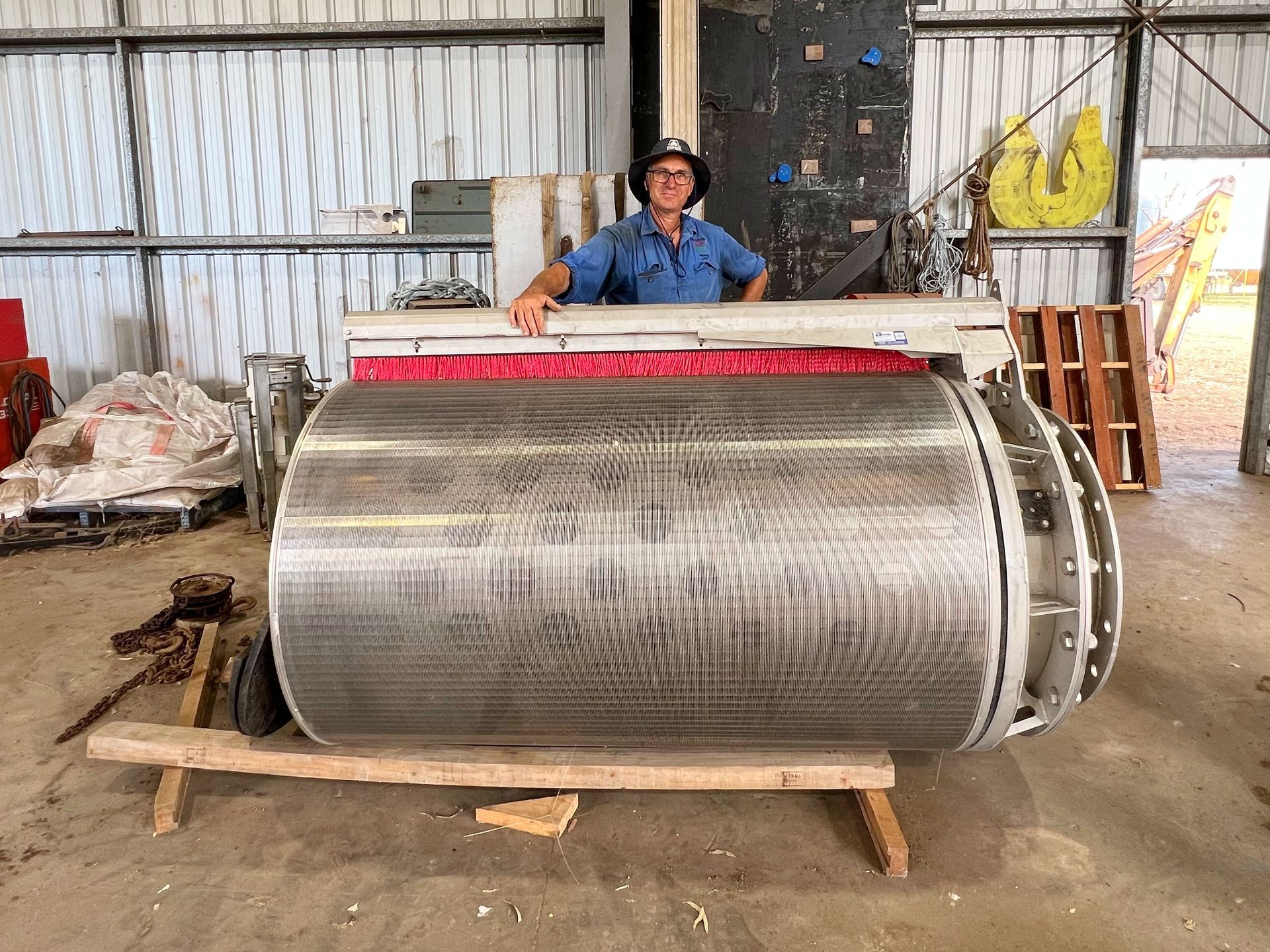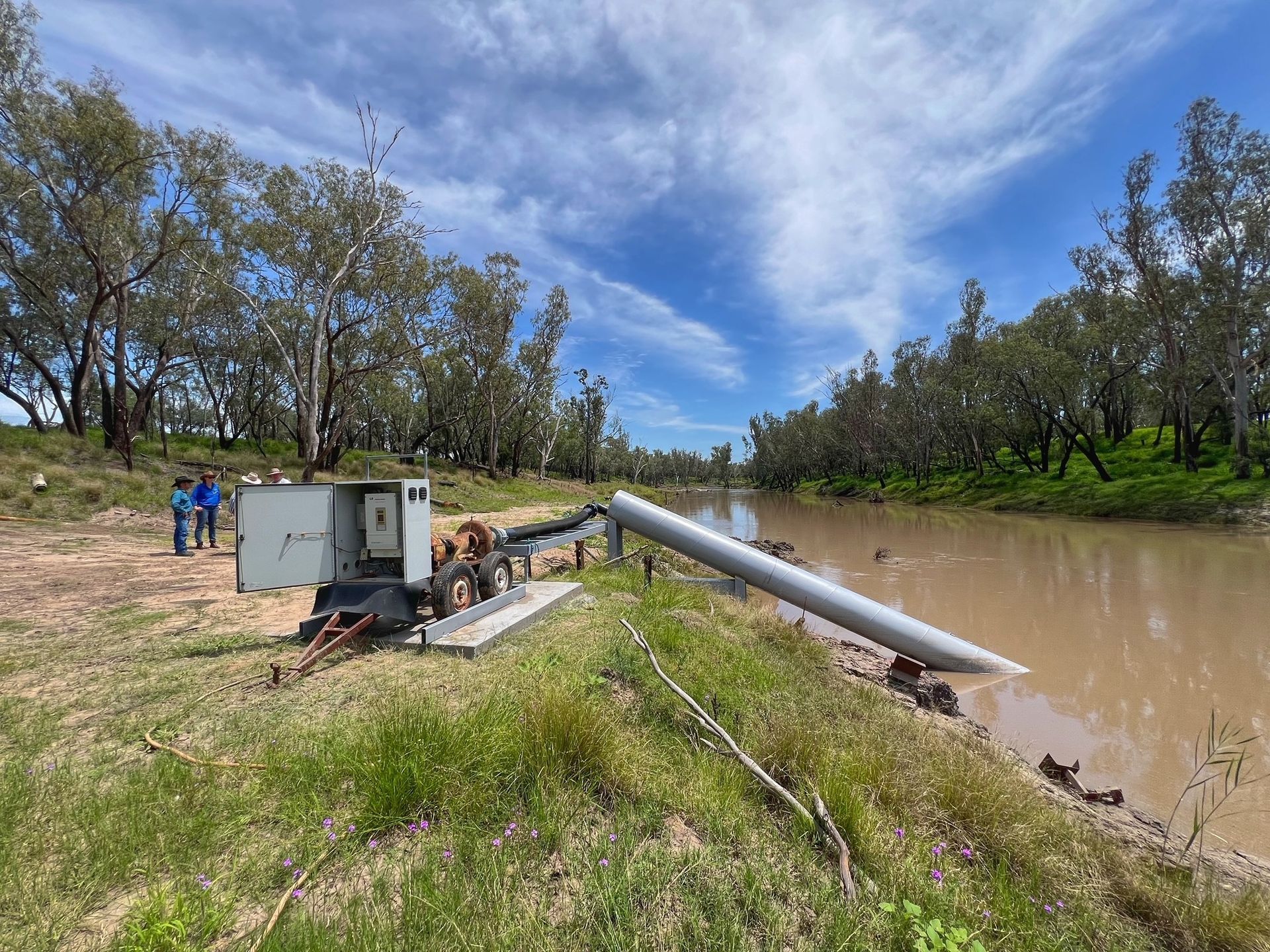Blog Layout
Experts warn, get pests under control now
Time is running out to control feral pests and weeds before the warmer weather hits.
That’s the advice from Southern Queensland Landscapes who claim control efforts become increasingly more difficult with the onset of Spring.
Feral Pig Expert & General Manager, Darren Marshall said land managers need to take advantage of the last days of cooler weather to get control of pest populations.
“As Spring comes on board, it makes pests hard to control as there’s a lot more food in the landscape,” said Darren Marshall.
“Winter, and while it’s cold, is the best time to control feral pests because they are resource stressed; and as a result more likely to go for traps,” Mr Marshall said.
“When they have other options, they won’t always go for the traps. That’s why it’s crucial to get them before we enter Spring,” he said.
Whilst pests like feral pigs (Sus scofra) are not known to hibernate during cold weather, the change in season often prompts land managers to notice more pigs in their landscape.
“While the warm weather moving in won’t necessarily affect the migration of pests like pigs, it will affect their breeding as they’ll have plenty of food resources,”
“My biggest piece of advice for land managers is to take advantage of the last weeks of cold weather to trap and bait ferals looking for an easy feed before the spring comes,” said Darren.
Spring also spells trouble for land managers looking to get on top of weeds.
Principal Project Officer Holly Hosie said Spring usually brings an abundance of rain.
“When the warm weather comes, we get more rain and seeds germinate better and spring is when a lot of the weeds flower and seed,” Holly Hosie said
“As we come into spring in southern Queensland, we’re seeing parthenium weed (Parthenium hysterophorus), and other introduced non-palatable grass species pop up like giant rat’s tail grass (Sporobolus pyramidalis), and the usual suspects like harrisia cactus (Harrisia martinii), and mother of millions (Bryophyllum delagoense),” Ms Hosie said.
Land managers who feed out their livestock in winter might see more weeds popping up on their property.
“Land managers need to be extra vigilant about weeds popping up particularly in areas where cattle are fed. This is because if you bring in feed from another area, it’s quite possible that it could be harbouring weed seeds,” she said.
Both agree that a fast hand and watchful eye are the key to surviving spring.
“It’s not too late to get on top of your pest problem, but you need to act fast,” Darren Marshall said.
“Meanwhile, If any weeds pop up and look unusual and if you’re not sure about it, you should always ask your local council or Biosecurity Queensland about it,” Holly Hosie said.
“Make sure you know what you're dealing with, have a plan in place, and get the right advice in order to treat weeds in the most efficient way for your land,” Ms Hosie said.
If you’re concerned about invasive weeds on your property, get in contact with your local council or Biosecurity Queensland: https://bit.ly/3s5agK2.
Feral pigs (Sus scofra) caught on a monitoring camera in Southern Queensland. Supplied: Project Officer Lachlan Marshall.
Feral pigs (Sus scofra) caught on a monitoring camera at night in Southern Queensland. Supplied: Project Officer Lachlan Marshall.
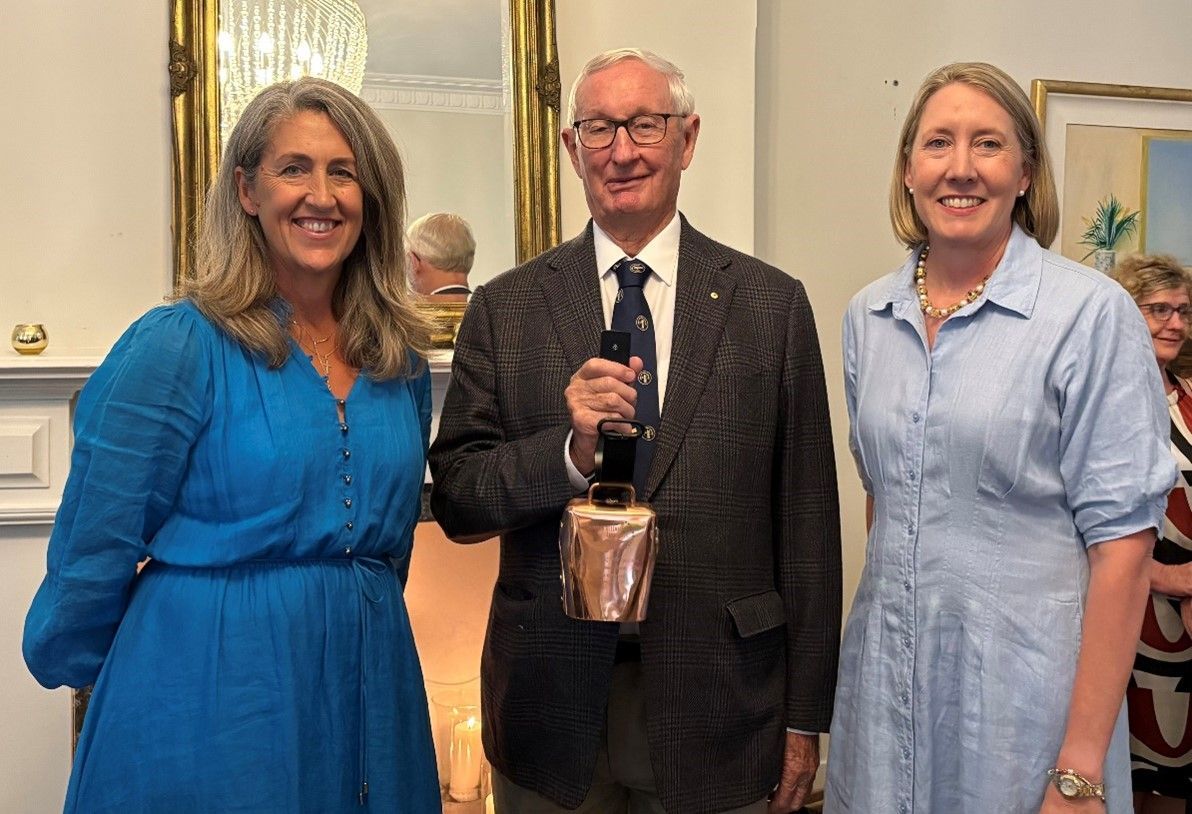
7 March 2025
Southern Queensland Landscapes is seeking an experienced and influential Board Chair to lead a multi-skilled Board in managing natural resources across Southern Queensland. This is a 3-year remunerated role based in Toowoomba, QLD, with the flexibility to manage from anywhere in Southern QLD. The ideal candidate will bring: • Substantial experience leading diverse Boards • Strong relationship-building and leadership skills • Expertise in environmental and agricultural matters This role is an opportunity to shape the future of natural resource management, working closely with land managers, community leaders, and industry professionals. Are you ready to make an enduring impact? For more details and to apply, visit www.windsor-group.com.au/job/board-chair-natural-resources-peak-body or contact Mike Conroy at apply@windsor-group.com.au.
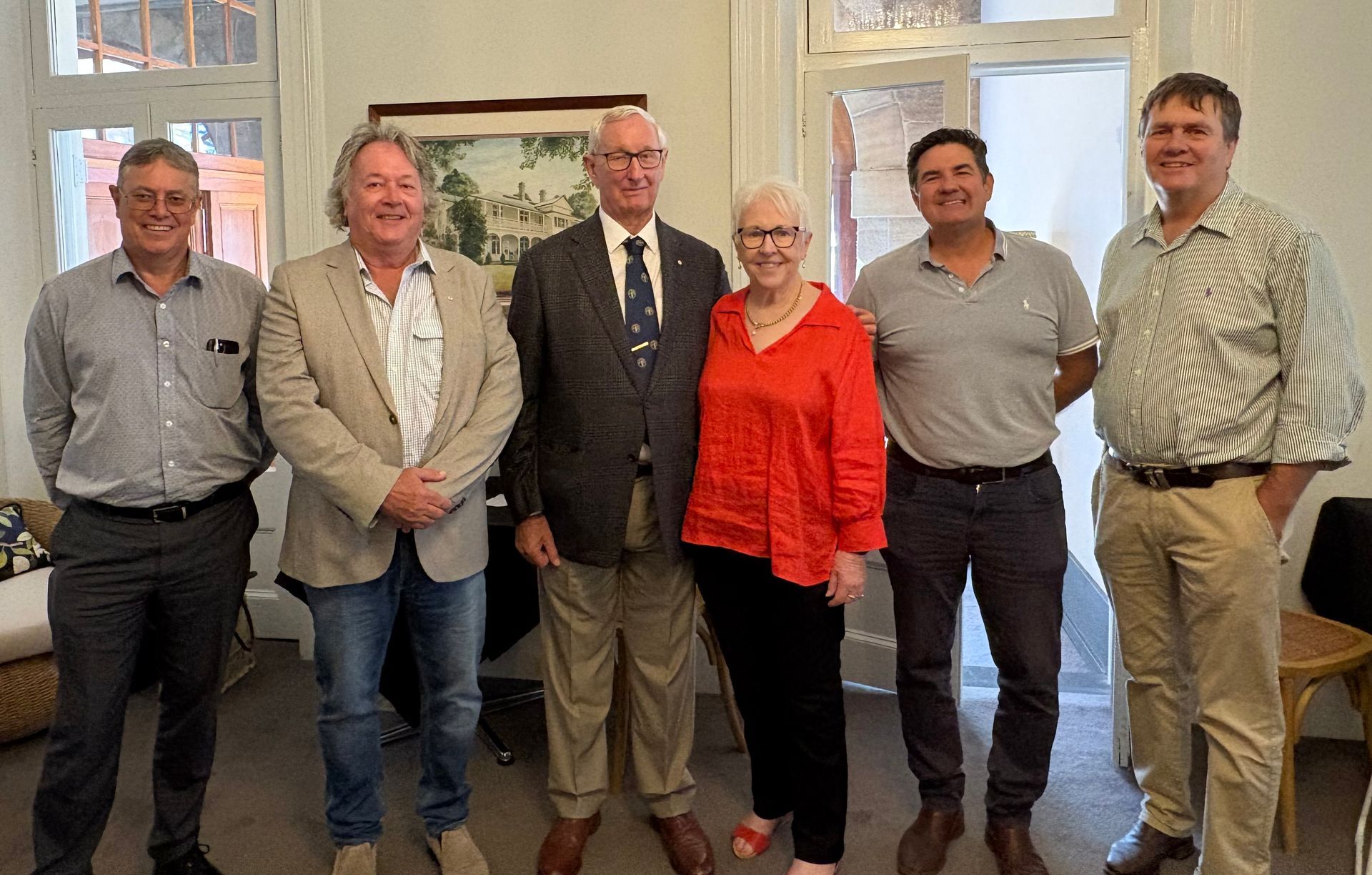
3 March 2025
This week marked the final Board meeting for retiring Southern Queensland Landscape Chair, The Hon Bruce Scott AM. The Southern Queensland Landscapes Board hosted a function at Gip’s restaurant in Toowoomba, joined by past Directors, industry stakeholders and the Southern Queensland Landscapes Management team, where Bruce was warmly acknowledged and thanked. Bruce offered special thanks to his dear wife Joan for her support during his period of service to Southern Queensland Landscapes, in particular the warm country hospitality she has offered to many visitors to Roma. Bruce also recognised and thanked Southern Queensland Landscapes Company Secretary Pam Murphy, who has supported Bruce in his service to Southern Queensland Landscapes since the organisation’s inception.
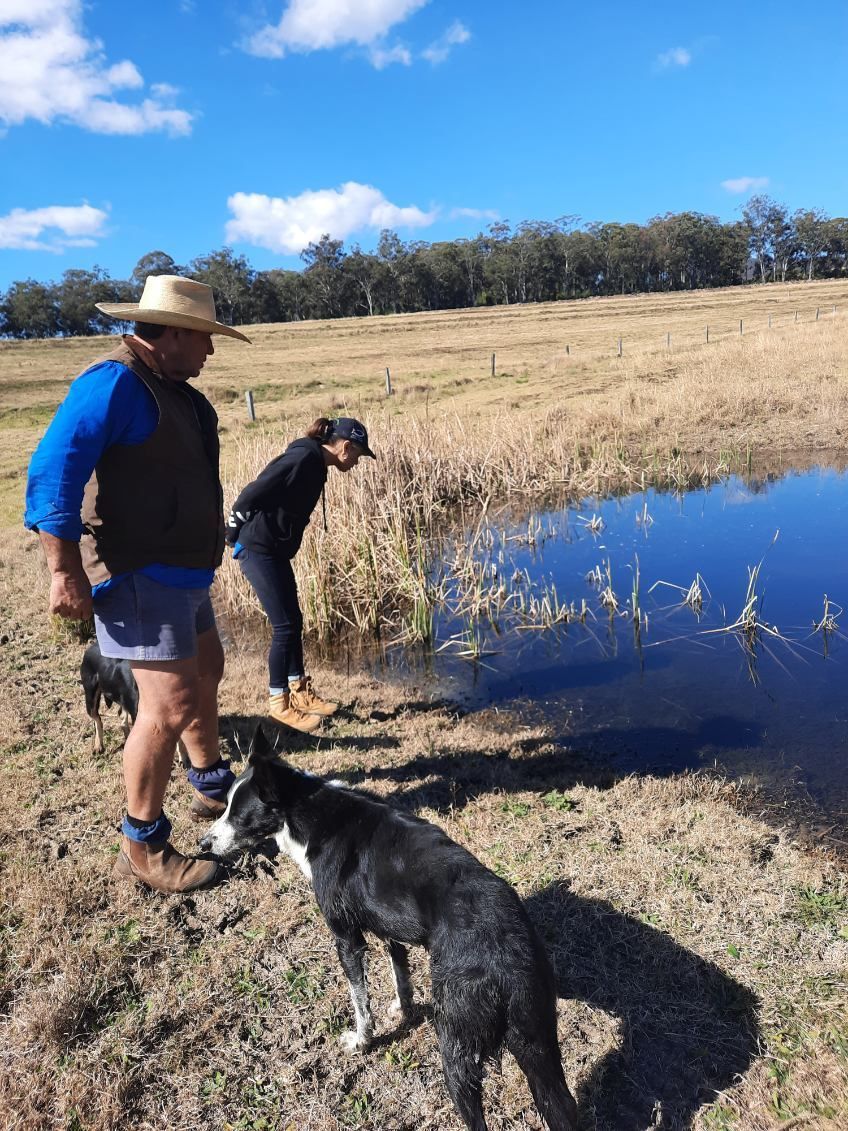
25 September 2024
The Condamine Headwaters, a critical ecosystem in Southern Queensland, has long faced threats from sedimentation, habitat degradation, and thermal regime changes. The Blackfish Project, dedicated to reversing these impacts, unites scientists, landowners, and the community in a shared mission to restore and protect this vital environment. At its core lies the river blackfish, a sensitive indicator of the overall ecosystem health. Central to the project's success is the unwavering commitment of landowners like Paul Graham. Inspired by the project's vision, Paul reached out to SQ Landscapes seeking support for a solar pump and tank to divert his cattle away from waterways on his property. Paul's deep-rooted love for his land, captured in his humorous quip "I love my land more than I love my wife," is a testament to the powerful connection between people and place that drives conservation efforts.
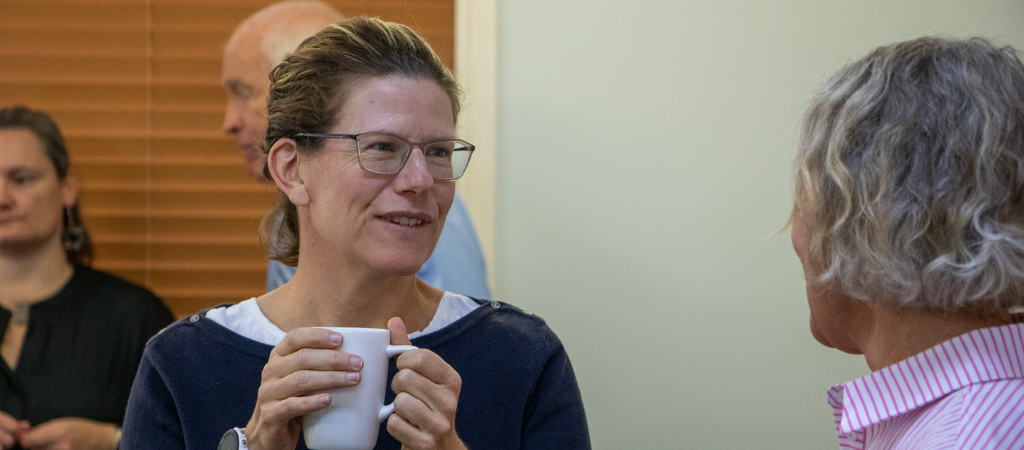
by Caleb Back
•
31 October 2023
The Board of Southern Queensland Landscapes recently met in Toowoomba. In addition to the Board meeting, Board and Executive worked through updating SQ Landscapes’ strategy. Company Secretary Pam Murphy highlighted the importance of the latest Board meeting and what it means for the company’s future. “The updated strategy will help SQ Landscapes deliver sustainable natural resource management (NRM) outcomes that improve the lives of people in regional communities now and for the future,” Pam Murphy said. “We’re excited to continue delivering value for our region and build Flourishing Landscapes and Healthy Communities across Southern Queensland under the guidance of the Board,” Mrs Murphy said.
CONTACT
EMAIL: admin@sqlandscapes.org.au
ADDRESS:
Toowoomba - 266 Margaret St. QLD 4350
Roma - 21 Major St. QLD 4455
Charleville - 92 Alfred Street. QLD 4470
St George - 1/11 Grey Street. QLD 4487
BUSINESS HOURS:
Monday - Friday: 8:30am - 5:00pm
Weekends and Public Holidays: Closed
CONNECT
LOCATIONS
All Locations
LIST
MAP
- 266 Margaret St, Toowoomba City QLD 4350, Australia 266 Margaret St, Toowoomba City QLD 4350, Australia
- 21A Major St, Roma QLD 4455, Australia 21A Major St, Roma QLD 4455, Australia
- Park St, Charleville QLD 4470, Australia 92 Alfred St, Charleville QLD 4470, Australia
- 48 Stockyard St. QLD 4490. Cunnamulla, 48 Stockyard St, 4490, QLD, Australia
- 1/11 Grey Street. QLD 4487 11 Grey St, St George QLD 4487, Australia
© Copyright 2024 | All Rights Reserved | Southern Queensland Landscapes
| Web Design by ACM Digital

